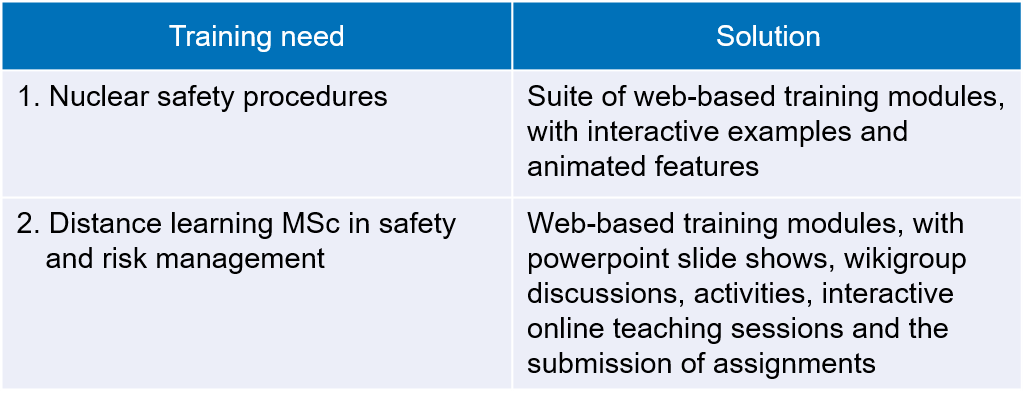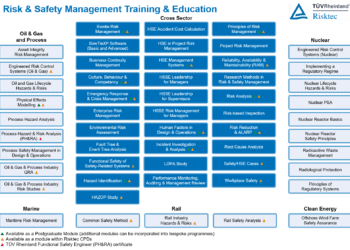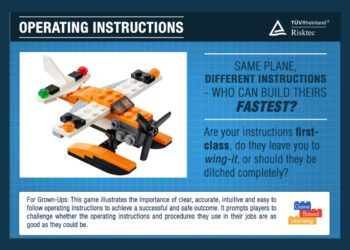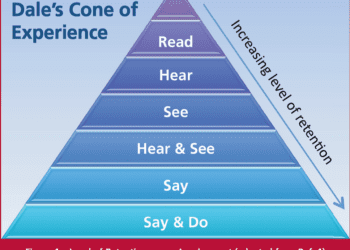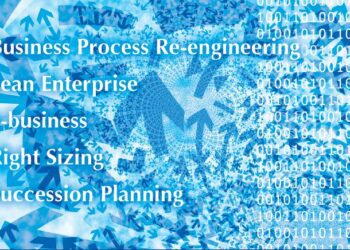e-Learning – the future of cost-effective training and education?
WHAT ARE THE BENEFITS
With the continual advances in IT, software-based training and education (more commonly referred to as e-learning) is fast offering a cost-effective and flexible alternative to traditional face-to-face learning. Whether via a simple PowerPoint slide show or an interactive online learning experience using a variety of media, e-learning offers a range of benefits:
- Once developed the online training module can be used many times with minimal delivery costs.
- Students can learn at their own pace, repeating parts of the training as necessary to ensure effective learning.
- Training can be undertaken during or outside normal working hours and by students in different time zones, with consistent training ensured.
- Different training pathways to the same content can deliver the flexibility to cover in-depth or refresher training, or provide an overview for managers or supervisors.
- Competence assessments can readily be built in to check learning, whether voluntary or mandatory in nature, which can be used to unlock subsequent content.
- Competence record keeping can be automated.
Box 1 – e-learning solutions
ROADMAP TO E-LEARNING
The development of an effective online training and education tool to meet an organisation’s specific training needs typically requires a small production team of specialists in the subject area, teaching and IT development. The process essentially comprises three phases:
Requirements capture
This involves the establishment of the training needs, key learning outcomes or areas of focus, source material, target duration, accessibility options and competence assessment requirements. This is best undertaken in an open forum involving the end user and the production team to capture the authoring, teaching and implementation experience.
Storyboard development
This phase starts with the definition of the structure and progression of the module, which is then expanded to outline each ‘packet’ of technical content and its delivery concept. This necessitates clear technical knowledge and understanding together with a creative slant to devise novel, interactive, eye-catching and (perhaps most importantly) informative and memorable means of conveying the content.
Production
Once defined, the storyboard is developed into a fully fledged online module. This will include the development of graphical themes (colour schemes, fonts, logos, menu styles etc) through to the nuts and bolts of the interface design and content population. Box 1 describes two real examples from high hazard industries.
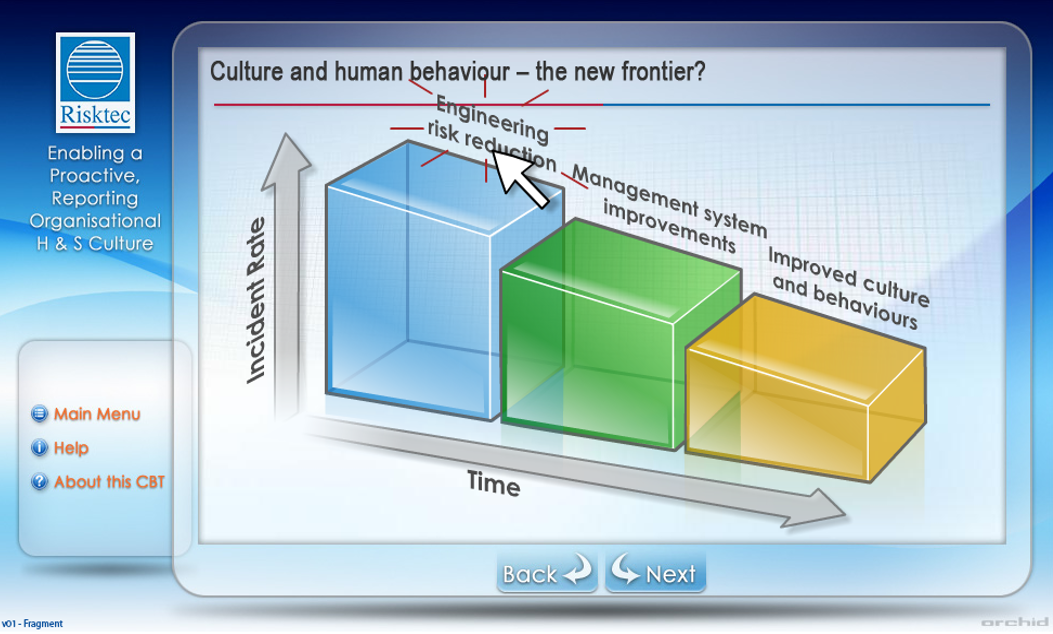
CONCLUSION
In a world where more is expected of individuals and organisations, with budgetary pressures continually increasing, e-learning may offer a viable alternative to traditional training.
This article first appeared in RISKworld issue 21

